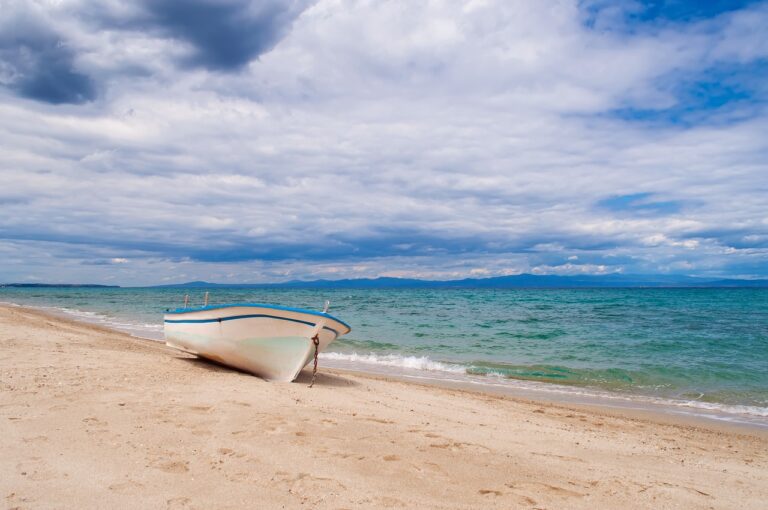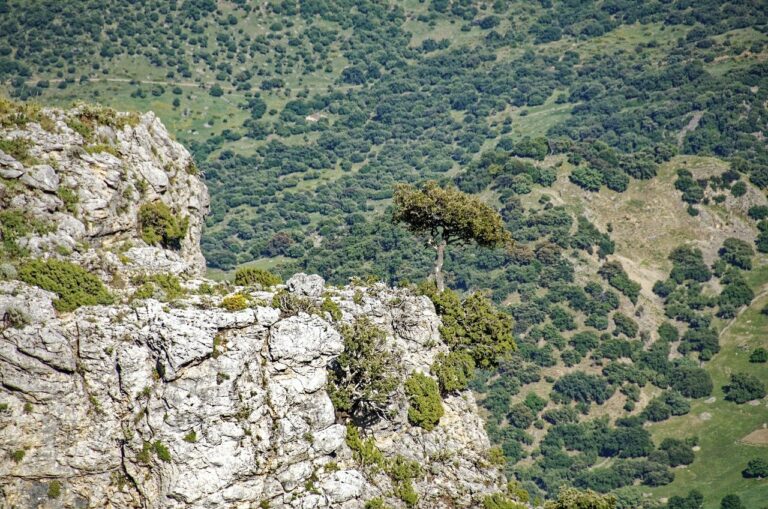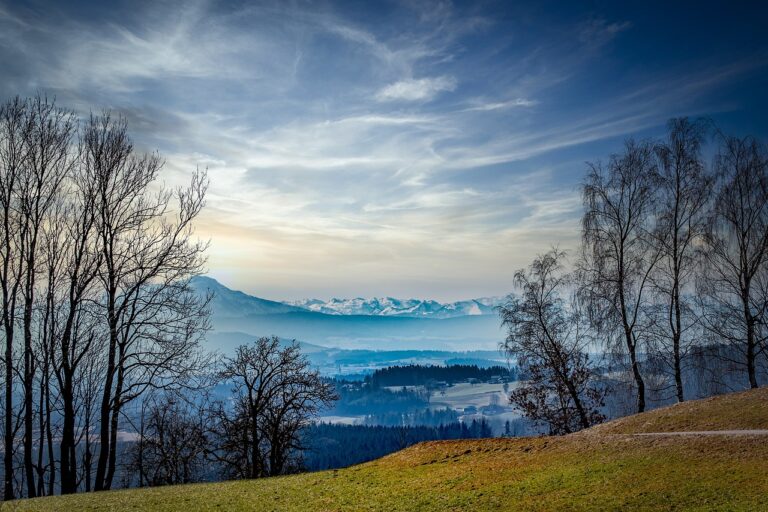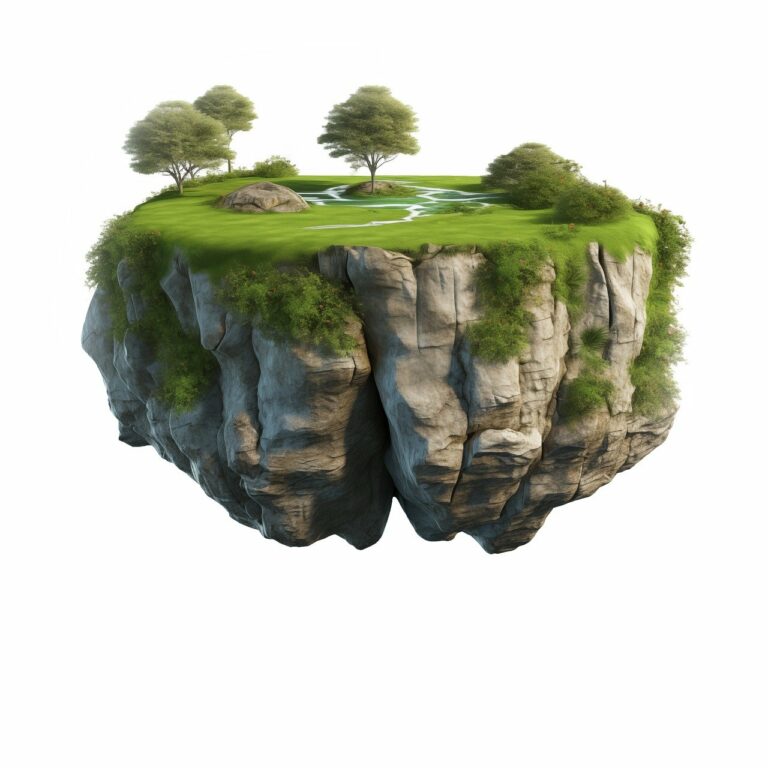Responsible Wildlife Photography: Ethical Considerations and Best Practices
Wildlife photography is a captivating and rewarding pursuit for many enthusiasts, allowing us to witness the beauty and grace of animals in their natural habitats. However, this privilege comes with a significant responsibility to approach our subjects with respect and ethical considerations. In the quest for the perfect shot, it is crucial for photographers to prioritize the well-being and welfare of the wildlife they encounter.
One fundamental aspect of ethical wildlife photography is maintaining a safe distance from the animals to avoid causing undue stress or disturbance. This not only ensures the animal’s comfort and security but also preserves the integrity of their natural behaviors. Additionally, refraining from altering the environment or manipulating the wildlife for the sake of a photograph is essential in upholding the ethical standards of wildlife photography.
Respecting Wildlife Habitats
When venturing into the natural world to capture the beauty of wildlife through photography, it is essential to prioritize the well-being of the creatures and their habitats. Respecting wildlife habitats goes beyond simply snapping a picture; it involves a deep understanding and appreciation for the delicate ecosystems in which these animals reside. It is important to tread lightly, minimizing our impact on the environment and ensuring that our presence does not disrupt the natural behavior of the wildlife.
One of the key ways to respect wildlife habitats is by adhering to designated trails and paths when photographing animals. Straying off the designated paths can trample vegetation, disturb nesting grounds, and disrupt the natural flow of the ecosystem. By staying on marked trails, photographers can minimize their impact on the environment and help protect the habitats that are crucial for the survival of wildlife species. It is our responsibility as photographers to ensure that our actions do not harm the delicate balance of nature that sustains these incredible creatures.
Minimizing Disturbance to Wildlife
When engaging in wildlife photography, it is crucial to prioritize the well-being of the animal subjects and their habitats. One effective way to minimize disturbance to wildlife is by maintaining a safe distance and using telephoto lenses to capture close-up shots without intruding on their natural behavior. By respecting the boundaries of these animals, photographers can still create striking images while ensuring the creatures are not unduly stressed or disrupted.
Furthermore, it is important to be mindful of the time of day and seasons when photographing wildlife to avoid disturbing their normal routines. Early mornings and late evenings are often optimal times for wildlife viewing and photography as many animals are more active during these periods. By planning ahead and being considerate of the wildlife’s natural patterns, photographers can capture stunning images while minimizing any negative impact on the animals and their environment.
Why is it important to minimize disturbance to wildlife?
It is important to minimize disturbance to wildlife in order to protect their natural behaviors, prevent stress and potential harm to the animals, and maintain the overall health of the ecosystem.
How can photographers practice ethical wildlife photography?
Photographers can practice ethical wildlife photography by keeping a safe distance from the animals, using telephoto lenses to avoid getting too close, and never altering the animal’s behavior for the sake of a better shot.
What are some ways to respect wildlife habitats while photographing?
Some ways to respect wildlife habitats while photographing include staying on designated trails, avoiding trampling vegetation, and refraining from leaving behind any trash or food that could attract unwanted wildlife.
How can I minimize disturbance to wildlife while still capturing great photos?
You can minimize disturbance to wildlife by being patient and observing from a safe distance, using camouflage or blinds to blend in with the surroundings, and being aware of the animals’ comfort levels and boundaries.





